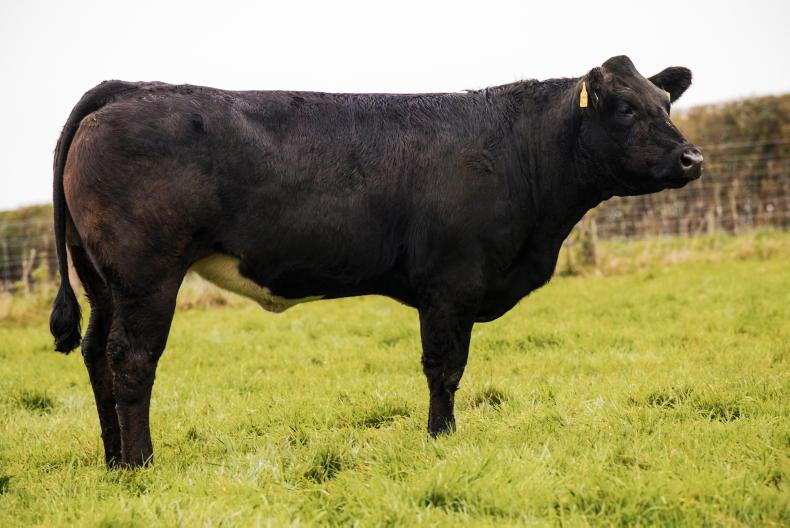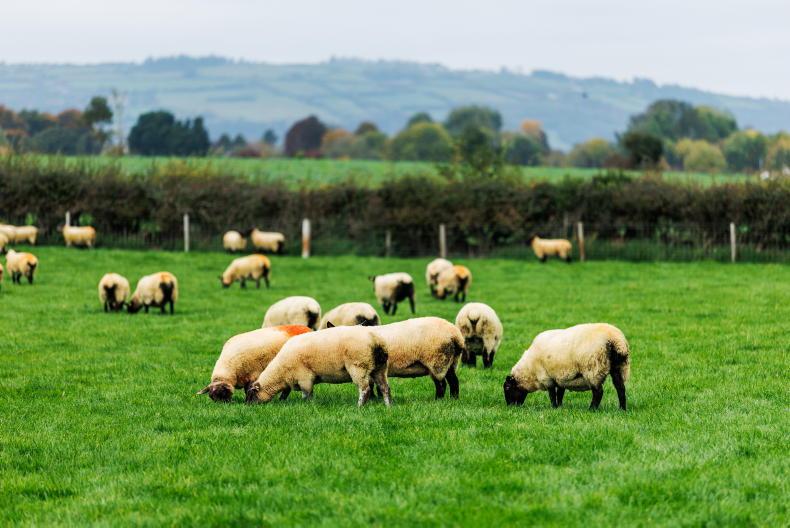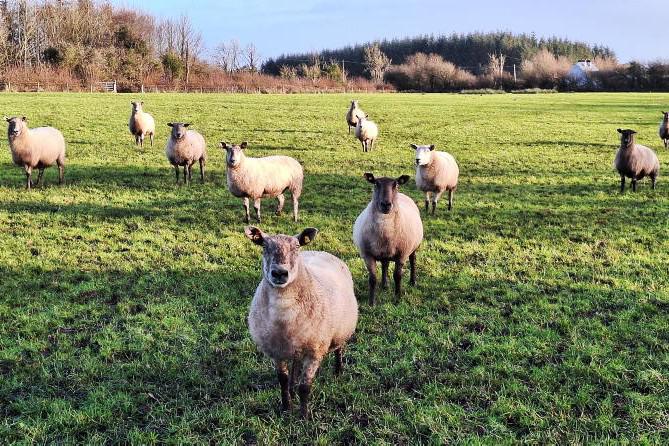Grass supplies are hugely variable across farms. Some farms find themselves in a positive position, with higher than normal grass growth in recent weeks setting the farm up nicely for autumn grazing.
In contrast, farmers who faced delays in getting silage harvested and who are contending with poorer lamb drafting rates are in a much more challenging position.
As discussed in recent weeks, it is important to assess current supplies and put a plan in place that best utilises what grass is available.
Priority should remain with the breeding ewe flock, with a high plane of nutrition important for at least the first month of gestation to enhance embryo attachment to the wall of the uterus and limit early embryo mortality.
Where supplies are likely to run tight, then steps such as selling store lambs, increasing supplementation levels or housing finishing lambs should be considered.
Depending on your lambing date, consideration should also be given to when the first paddocks need to be closed.
Closing paddocks
A 120-day rest period is recommended for March lambing flocks to have sufficient grass available next spring.
Table 1 shows a closing plan based on the experience of the research demonstration flocks in Athenry.
If sufficient ground is not closed up, swards will not be in a position to take advantage of end-of-year growth, leading to a grass shortage next spring.
Further Teagasc research looking at the effect of closing in December shows that swards closed at the start of the month have a chance of having a grass cover of 600kg grass DM in early April.
This drops to 300kg for swards closed in mid-December, with almost zero growth for swards closed in January in a normal year. This reinforces the importance of closing swards in time.
February lambing flocks
Flocks lambing in February should now be closing the first paddocks. Grass growth on closed paddocks is very tempting to go in again and regraze, but this should be avoided at all costs.
The grass grazed now may bide a few weeks, but the saving made now is only a fraction of the saving that can be made next spring by having sufficient quantities of grass in place post-lambing.
The first fields grazed and closed should be those targeted for lambing next spring. If these are fields that currently have lower covers grazing plans can be slightly tweaked to graze light covers now before closing and let heavier covers bulk up for grazing in November, this will help to still keep grazing targets on track.
Reports also show that there is a lot of heavy covers present on some farms. Utilisation will be greatly enhanced and performance maintained where these are split for grazing.
Read more
Sheep Management: tailoring closing plans and grazing heavy covers
Changing tactics to keep grazing on track
Grass supplies are hugely variable across farms. Some farms find themselves in a positive position, with higher than normal grass growth in recent weeks setting the farm up nicely for autumn grazing.
In contrast, farmers who faced delays in getting silage harvested and who are contending with poorer lamb drafting rates are in a much more challenging position.
As discussed in recent weeks, it is important to assess current supplies and put a plan in place that best utilises what grass is available.
Priority should remain with the breeding ewe flock, with a high plane of nutrition important for at least the first month of gestation to enhance embryo attachment to the wall of the uterus and limit early embryo mortality.
Where supplies are likely to run tight, then steps such as selling store lambs, increasing supplementation levels or housing finishing lambs should be considered.
Depending on your lambing date, consideration should also be given to when the first paddocks need to be closed.
Closing paddocks
A 120-day rest period is recommended for March lambing flocks to have sufficient grass available next spring.
Table 1 shows a closing plan based on the experience of the research demonstration flocks in Athenry.
If sufficient ground is not closed up, swards will not be in a position to take advantage of end-of-year growth, leading to a grass shortage next spring.
Further Teagasc research looking at the effect of closing in December shows that swards closed at the start of the month have a chance of having a grass cover of 600kg grass DM in early April.
This drops to 300kg for swards closed in mid-December, with almost zero growth for swards closed in January in a normal year. This reinforces the importance of closing swards in time.
February lambing flocks
Flocks lambing in February should now be closing the first paddocks. Grass growth on closed paddocks is very tempting to go in again and regraze, but this should be avoided at all costs.
The grass grazed now may bide a few weeks, but the saving made now is only a fraction of the saving that can be made next spring by having sufficient quantities of grass in place post-lambing.
The first fields grazed and closed should be those targeted for lambing next spring. If these are fields that currently have lower covers grazing plans can be slightly tweaked to graze light covers now before closing and let heavier covers bulk up for grazing in November, this will help to still keep grazing targets on track.
Reports also show that there is a lot of heavy covers present on some farms. Utilisation will be greatly enhanced and performance maintained where these are split for grazing.
Read more
Sheep Management: tailoring closing plans and grazing heavy covers
Changing tactics to keep grazing on track










SHARING OPTIONS